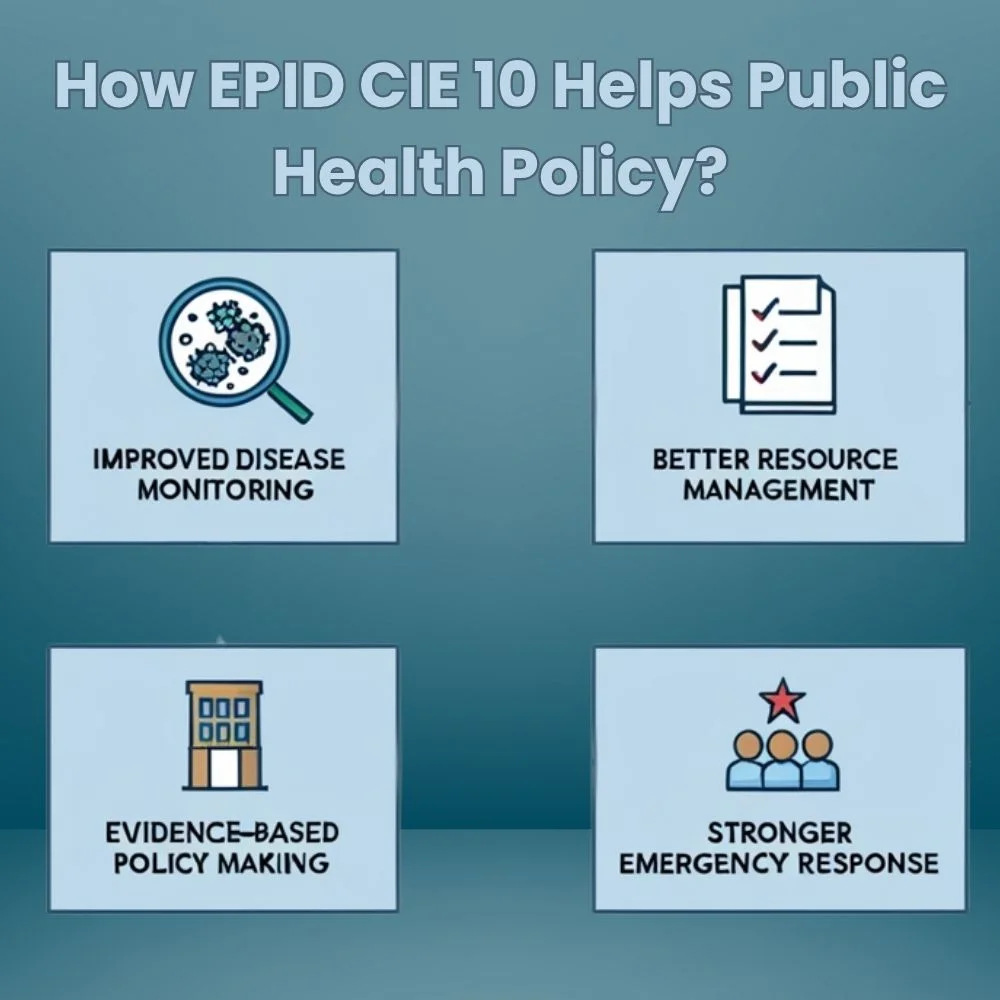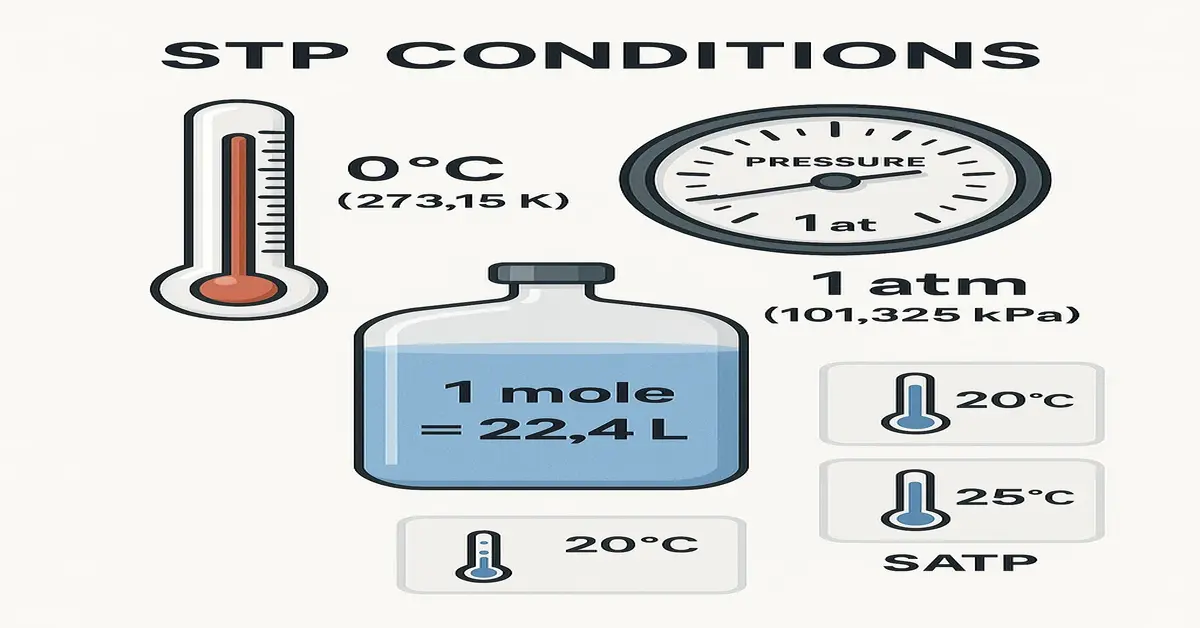Public health focuses on protecting the well-being of communities. To do this effectively, health professionals need clear, accurate information about illnesses and conditions affecting the population. One important tool that helps in this process is EPID CIE 10. Though it may seem complex, it’s actually a useful system that supports doctors, researchers, and policymakers in planning and improving public health services.
What is EPID CIE 10?
EPID CIE 10 combines two key elements:
- EPID refers to the process of epidemiological surveillance, which involves closely observing, recording, and analyzing how diseases emerge, spread, and impact populations over time.
- CIE 10, or ICD-10, is the 10th revision of the International Classification of Diseases, a coding system created by the World Health Organization (WHO) that assigns unique codes to various diseases and health conditions.
When used together, EPID CIE 10 helps health professionals record, organize, and understand health data in a clear and unified way. It allows everyone from hospitals to government agencies to use the same system to talk about illnesses and health problems.
Why Is EPID CIE 10 Useful?
When many people get sick, especially during outbreaks, health officials need to act quickly. Disorganized or incomplete data can slow down response efforts. EPID CIE 10 helps solve this by:
- Creating a consistent format for recording health information
- Making it easier to spot trends in disease spread
- Allowing easy comparison of data between different regions or countries
- Helping officials respond faster and more effectively to emergencies
How It Works in Practice?
Suppose a patient visits a health clinic with a serious infection. After diagnosis, the doctor assigns a CIE 10 code to describe the illness. This code is then entered into the EPID system, which stores it in a health database. As more patients are diagnosed and recorded this way, officials can analyze the data to spot patterns and plan appropriate actions.
This process helps track:
- The number and location of disease cases
- Groups most affected (like children or the older people)
- Which treatments are most effective
- Whether a health threat is spreading or under control
How It Helps Public Health Policy?
EPID CIE 10 is more than just a coding system. It plays an important role in shaping public health plans and responses. Here’s how it supports public health policies:

1. Improved Disease Monitoring
Public health officials rely on EPID CIE 10 to detect early signs of disease outbreaks. This allows faster response to protect the community.
- Tracks changes in disease patterns
- Helps monitor seasonal infections
- Allows quick action during health emergencies
2. Better Resource Management
Health systems often face limited resources. EPID CIE 10 data helps identify areas with higher disease rates so that resources like medicines and staff can be sent where they’re needed most.
- Guides the distribution of vaccines and treatments
- Helps plan where new clinics or hospitals are needed
- Supports effective use of health funds and supplies
3. Evidence-Based Policy Making
Governments need reliable information to make decisions that protect public health. EPID CIE 10 provides that information in a clear, organized way. For example, if many people are falling ill due to poor air quality, policies can be developed to improve environmental health.
- Supports decisions backed by real data
- Targets specific health issues in different regions
- Helps protect vulnerable populations
4. Stronger Emergency Response
In times of crisis like a pandemic or disaster officials need quick access to reliable information. EPID CIE 10 helps track how health events unfold and how they affect different populations.
- Identifies who is affected and where
- Tracks how a disease is spreading
- Supports fast, data-based emergency planning
Who Benefits from EPID CIE 10?
Many individuals and organizations gain from this system, including:
- Government agencies, which use it to develop national health programs
- Hospitals and clinics, which use it to record patient conditions
- Healthcare workers, who rely on it for diagnosis and reporting
- Researchers, who use the data to study health trends
- International organizations, which use it for global comparisons
Making Health Data Understandable and Useful
One of the strengths of EPID CIE 10 is that it transforms complex medical information into a format that’s easy to understand and share. This makes it possible for many different users, health professionals, government workers, and researchers to work together effectively.
Key advantages include:
- Uniform standards, so everyone uses the same codes
- Digital access, making data easier to store and retrieve
- Global compatibility, allowing international collaboration
Challenges and Ongoing Improvements
While EPID CIE 10 is very helpful, there are still some difficulties:
- Some smaller clinics may not have trained staff to use the system properly
- Poor internet or software access can slow down data sharing
- Updates are needed regularly to include new diseases
To address these challenges, efforts are being made to:
- Provide training programs for health workers
- Develop easier-to-use software and mobile applications
- Encourage international cooperation to keep the system up to date
Real-World Examples of Its Impact
Several countries have already seen success using EPID CIE 10:
- Mexico used the system effectively to monitor and control the spread of H1N1 flu.
- Brazil uses it to manage and reduce cases of dengue fever.
- African nations are applying the system to monitor malaria and improve treatment strategies.
These examples show how organized data can lead to faster action and better outcomes.
Final Thoughts
Although EPID CIE 10 may seem like a technical system, its true purpose is to improve health and safety for everyone. It helps health professionals organize disease data, allows governments to make smarter plans, and ensures that help reaches those who need it most.
With clear and reliable health information, public health teams can act faster, plan better, and save more lives. EPID CIE 10 is an essential part of building a healthier and more prepared future for all.



